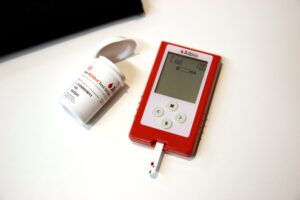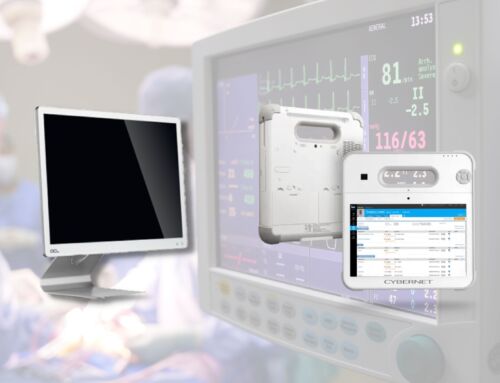In Western Europe, you will be prohibited from driving a vehicle if your BAC level is 0.05% or higher. Some countries such as Estonia, Sweden, China, and Poland have a Blood Alcohol Content limit of 0.02%. Meanwhile, the BAC limit in the US is considerably lenient as you are considered legally intoxicated if your BAC is 0.08% or above.
But what exactly is BAC? And how is it measured?
Blood Alcohol Content test, commonly referred to as the BAC test is a measure of the percentage of alcohol in a person’s blood. For instance, if you have a BAC level of 0.05, that means there is 0.05% alcohol in your blood.
There are several situations where a blood alcohol content test is considered necessary. One of the most common examples of a BAC test is a breath test done by law enforcement agencies if they doubt that a person is driving while he is drunk. Other instances can be related to medical situations, legal prohibition, or employer restriction.
Four Ways to Measure Blood Alcohol Content (BAC)
There are four common ways to measure BAC. These include blood, breath, saliva, and urine tests.
1. Blood Test for BAC
A BAC test based on a blood sample is generally considered more accurate and reliable. The reason being alcohol content is measured directly from the blood sample rather than air from the lungs or saliva.
One option for testing Bac through a blood sample is a lab test. However, a lab result for a blood alcohol test

can take many hours (or days in certain situations). Moreover, they are highly dependent on taking enough samples of blood, proper storage, and then sending it to a lab. Any error in the process might mean discrepancies in the results.
The second option to test BAC via a blood sample is the Albio BAC testing device. Albio is a rapid blood alcohol testing meter that uses 0.6 μL of the blood sample to measure BAC level. Also, it takes only 25 seconds to provide results that are accurate and reliable. That makes it way faster than lab tests and considerably more reliable than other testing methods such as breath alcohol tests.
However, Albio is currently available only to medical professionals such as paramedics to test blood alcohol levels among unconscious patients.
2. BAC Breath Test

A breath test is the most common and widely used method to measure blood alcohol concentration. The reason being breathalyzers are portable and fast. So, you don’t need to wait to get the results. One example is police breathalyzers that rely on fuel cell technology to measure the amount of alcohol you exhale with your breath.
However, they are not the most accurate way of testing blood alcohol content, especially a majority of personal breathalyzers. If you want to use a breathalyzer, make sure it is the one using fuel cell technology and is calibrated after every few months.
3. BAC Saliva Test
A saliva test for BAC is a fast and convenient method to measure the blood alcohol level in the system. For testing, a saliva sample is used on a saliva alcohol test strip. If the alcohol is in the system, the test strip changes color.
To get the correct results, you need to store test strips as per instructions. Freezing them or taking them out of the sealed pouch before testing can impact the results of the BAC test.
In comparison to blood and breath testing, saliva tests can only provide an approximation of BAC level. Therefore, they are often considered only for preliminary results.
4. BAC Urine Test
Urine test for measuring BAC is not very common as they are only used in scenarios where blood or breath test is not possible. Also, among people who are lawfully prohibited from drinking alcohol or are not allowed to drink based on their employer restriction, a urine test is used to reveal relapse or verify abstinence.
However, their results are not always accurate, and the chances of lab errors are there as well. For instance, the ETG test used to determine the recent alcohol consumption can show false positive or negative.



